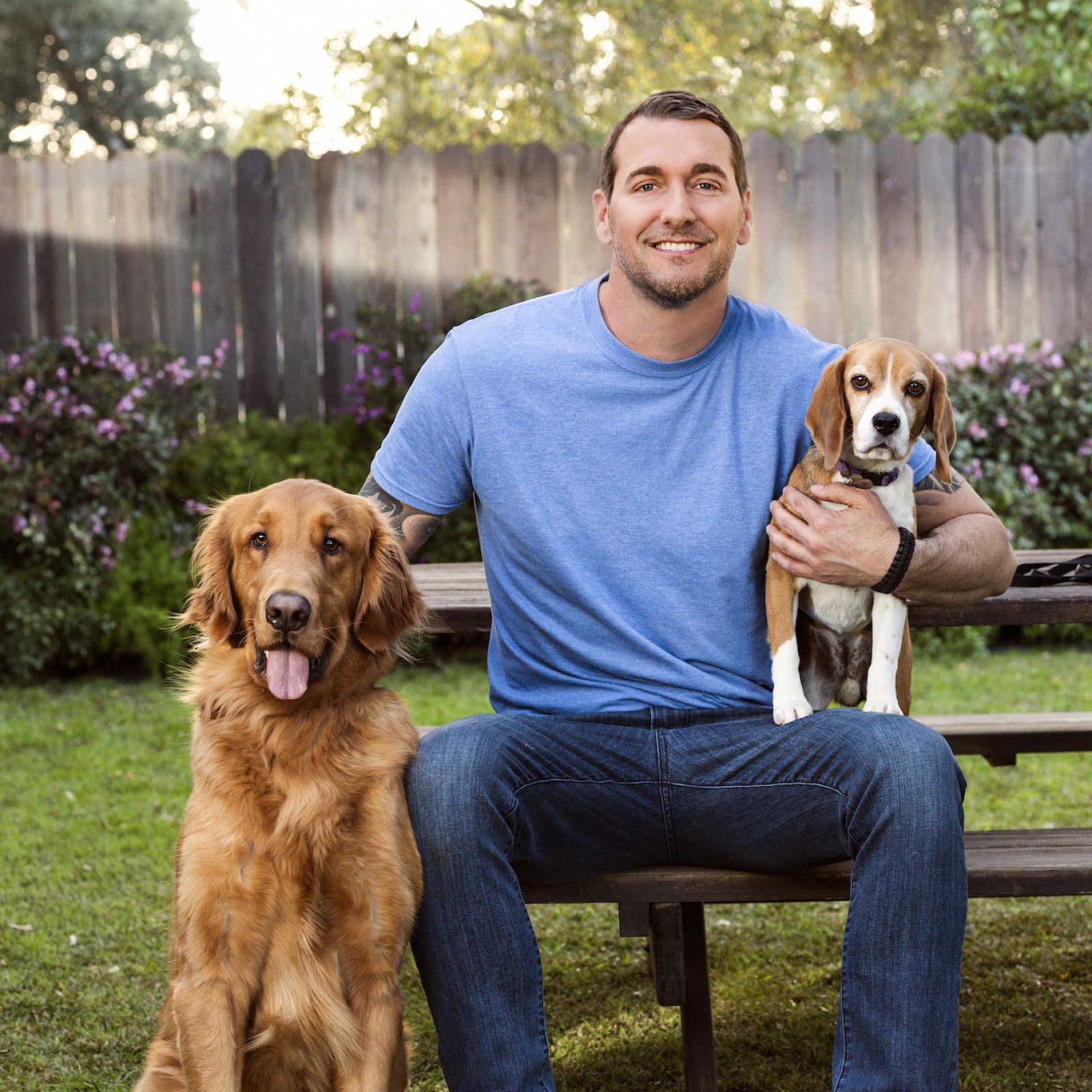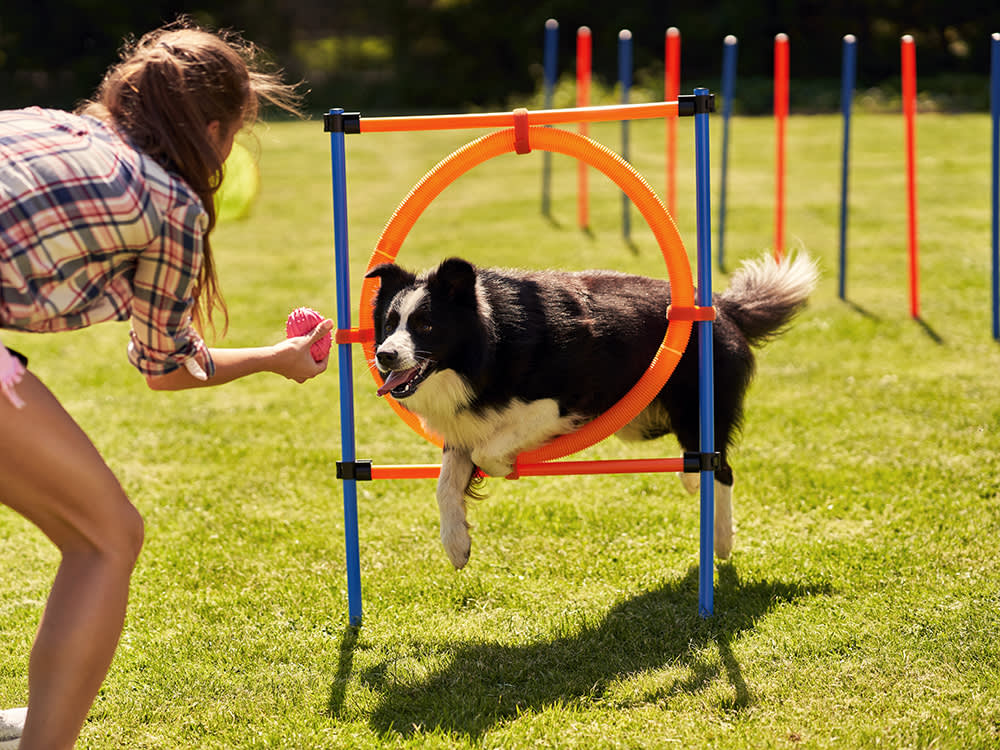How Dog Training Can Improve Your Pet's Quality of Life and Behavior
Top Pet Dog Training Methods Every Owner Need To Know

Favorable Reinforcement Methods
Utilizing positive support strategies is essential for effective pet dog training, as it promotes a trusting bond in between the dog and the trainer. This technique concentrates on fulfilling preferable actions instead of penalizing unfavorable ones, producing an atmosphere favorable to finding out. Benefits can include treats, praise, or playtime, which motivate dogs to repeat the habits that make them these benefits.

Furthermore, this strategy improves the canine's interest for training sessions. When canines connect training with positive experiences, they are more involved and responsive. Past instant therapy, favorable reinforcement encourages a collective partnership in between the pet and trainer, minimizing stress and anxiety and anxiety
To make best use of efficiency, it is critical to provide incentives immediately, ensuring the dog links the habits with the support. Basically, favorable reinforcement methods not just produce better-trained pets yet additionally promote an unified collaboration in between pet dog and proprietor.
Clicker Training Method
The remote control training technique is a highly reliable method that builds upon the principles of positive reinforcement by adding an unique sound to mark preferred behaviors. This technique utilizes a little handheld device that generates a clicking noise, permitting trainers to connect with their pet dogs in a immediate and clear manner. When a pet dog performs a behavior that the proprietor wishes to encourage, the clicker is triggered, complied with by an incentive, normally in the kind of treats or praise.
The key to effective remote control training depends on uniformity and timing. It is crucial to click at the specific minute the wanted actions happens, ensuring that the pet dog associates the audio with the action and the subsequent benefit. This technique not just improves communication yet also cultivates a more powerful bond between the pet dog and the proprietor, as it urges involvement and communication throughout training sessions.
Clicker training can be put on a selection of behaviors and commands, from standard obedience to extra complex techniques. Its convenience and effectiveness make it a popular strategy among professional trainers and pet owners alike, leading the way for a receptive and trained canine buddy.
Leash Training Essentials
Reliable chain training is vital for making sure a satisfying and secure strolling experience for both dogs and their owners. A level collar might function for some canines, while others might profit from a harness that decreases drawing.
Introduce your canine to the leash gradually, allowing them to discover it in a comfortable atmosphere. This entails satisfying your dog for strolling close to you instead than drawing ahead.
If your dog begins to pull, quit strolling right away. Wait up until they go back to your side prior to returning to. This shows them that drawing does not result in progress. In addition, practice numerous walking environments to aid your canine adapt to distractions.
Regular technique will strengthen your dog's understanding of chain decorum. Bear in mind that chain training is an ongoing procedure; persistence and consistency will certainly produce the best outcomes, cultivating a positive experience for both you and your canine friend.
Socialization Techniques
Socializing is an essential facet of canine training that need to preferably begin throughout puppyhood but can be beneficial at any type of age. Reliable socializing helps pet dogs develop self-confidence and decreases the possibility of behavioral concerns. To execute effective socialization methods, reveal your pet dog to a selection of atmospheres, individuals, and other pets.
Start with regulated setups, such as puppy classes or arranged playgroups, where young pets can engage securely. Gradually introduce your pet to new experiences, including various sounds, surfaces, and activities. Make certain these encounters are favorable and gratifying to develop a sense of safety.
For adult pet dogs or those doing not have direct exposure, start with low-stress circumstances. Short, positive communications with pleasant human beings and tranquil dogs can create positive associations. Use deals with and appreciation to enhance preferable actions throughout these experiences.

Uniformity and Patience
Identifying the relevance of uniformity and patience in canine training is vital for achieving long lasting results. Training a canine is a gradual procedure that calls for a structured approach and unwavering commitment from the proprietor. Each command or habits must be reinforced continually to assist the dog understand what is anticipated of them. Inconsistent training can cause complication, making it challenging for the pet to comprehend commands or habits, inevitably hindering progress.
Canines, like people, discover at their own speed. This promotes a relying on relationship in between the canine and owner, urging a more enthusiastic and ready learner.
To grow consistency and perseverance, develop a routine training regular, use the very same commands, and guarantee that all household participants apply the exact same training principles - Dog training. By doing so, you develop a stable atmosphere for learning, enabling you can try here your canine to develop and prosper right into a mannerly friend
Final Thought
Finally, reliable pet dog training techniques, such as favorable support, remote control training, and proper chain training, are crucial for fostering a healthy owner-dog partnership. Additionally, implementing socialization strategies and keeping uniformity and persistence throughout the training process adds significantly to a canine's overall well-being. By incorporating these techniques, pet dog owners can facilitate the advancement of well-adjusted, obedient family pets, inevitably boosting the lifestyle for both the proprietor and the canine.
Among the most prominent approaches are positive support, remote control training, and chain training, each offering one-of-a-kind advantages that contribute to a well-behaved pet dog. As we explore these essential approaches, it comes to be apparent that grasping their nuances can significantly impact the training experience and the canine's overall habits.Using positive reinforcement strategies is essential for reliable pet training, as it promotes a relying on bond between the dog and Get the facts the instructor.In conclusion, reliable pet training strategies, such as positive reinforcement, clicker training, and proper leash training, are important for fostering a healthy owner-dog partnership. By incorporating these methods, canine proprietors can help with the development of well-adjusted, loyal pet dogs, ultimately improving the high quality of life for both the dog and the owner.